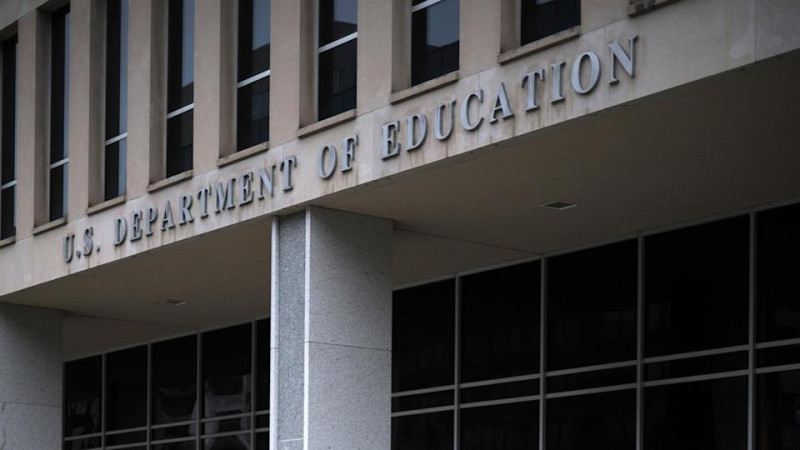Federal student loan borrowers in default are bracing for a major shift: starting May 5, the U.S. Department of Education will resume debt collection efforts that have been paused since March 20. This move ends a five-year pandemic-era reprieve and could impact over 5 million Americans currently in default, with that number potentially doubling in the coming months
The Education Department will reactivate the Treasury Offset Program, allowing the government to seize tax refunds, Social Security benefits, and federal salaries to recover overdue student loan debts. Wage garnishment is also set to return this summer, meaning employers could be ordered to withhold part of borrowers’ paychecks to cover unpaid loans
Education Secretary Linda McMahon emphasized that “American taxpayers will no longer be forced to serve as collateral for irresponsible student loan policies,” criticizing previous efforts at broad debt cancellation and asserting that only Congress has the authority to forgive federal student loans
Borrowers in default will soon receive emails outlining their status and options. The Department encourages contacting the Default Resolution Group to discuss repayment plans, income-driven options, or loan rehabilitation. Those who do not act may find their wages or federal benefits garnished automatically
The Trump administration has also signaled broader reforms to the student loan system, including possible changes to forgiveness programs and eligibility criteria, but the immediate focus is on resuming collections and enforcing repayment
With nearly a quarter of all federal student loans at risk of default, the coming weeks will be critical for millions navigating repayment, collections, and evolving federal policies


